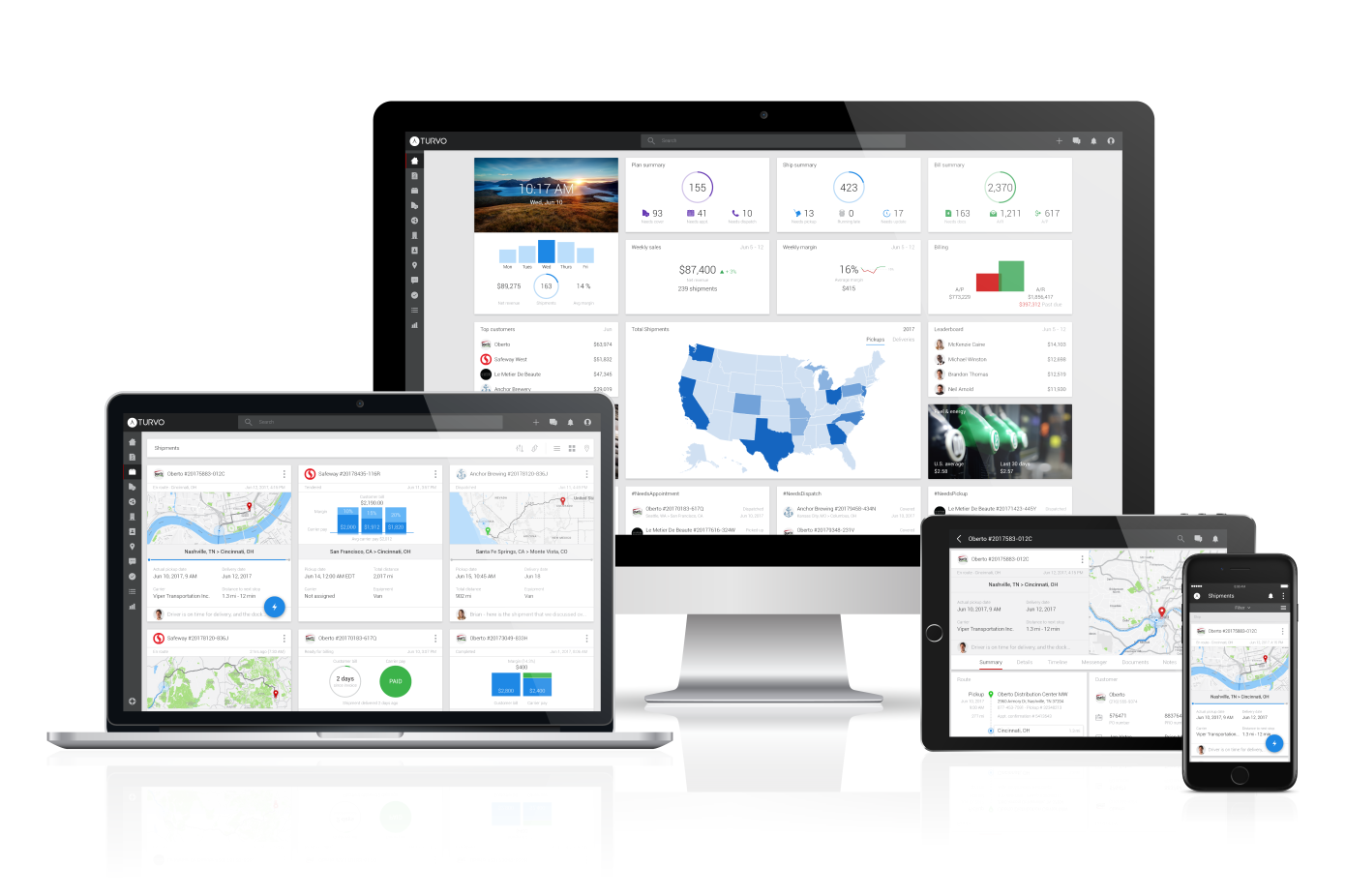Last May, Google introduced Asylo, an open source framework for confidential computing, a technique favored by many of the big cloud vendors because it allows you to set up trusted execution environments that are shielded from the rest of the (potentially untrusted) system. Workloads and their data basically sit in a trusted enclave that adds another layer of protection against network and operating system vulnerabilities.
That’s not a new concept, but as Google argues, it has been hard to adopt. “Despite this promise, the adoption of this emerging technology has been hampered by dependence on specific hardware, complexity and the lack of an application development tool to run in confidential computing environments,” Google Cloud Engineering Director Jason Garms and Senior Product Manager Nelly Porter write in a blog post today. The promise of the Asylo framework, as you can probably guess, is to make confidential computing easy.

Asylo makes it easier to build applications that can run in these enclaves and can use various software- and hardware-based security back ends like Intel’s SGX and others. Once an app has been ported to support Asylo, you should also be able to take that code with you and run in on any other Asylo-supported enclave.
Right now, though, many of these technologies and practices around confidential computing remain in flux. Google notes that there are no set design patterns for building applications that then use the Asylo API and run in these enclaves, for example.The different hardware manufacturers also don’t necessarily work together to ensure their technologies are interoperable.
 “Together with the industry, we can work toward more transparent and interoperable services to support confidential computing apps, for example, making it easy to understand and verify attestation claims, inter-enclave communication protocols, and federated identity systems across enclaves,” write Garms and Porter.
“Together with the industry, we can work toward more transparent and interoperable services to support confidential computing apps, for example, making it easy to understand and verify attestation claims, inter-enclave communication protocols, and federated identity systems across enclaves,” write Garms and Porter.
And to do that, Google is launching its Confidential Computing Challenge (C3) today. The idea here is to have developers create novel use cases for confidential computing — or to advance the current state of the technologies. If you do that and win, you’ll get $15,000 in cash, $5,000 in Google Cloud Platform credits and an undisclosed hardware gift (a Pixelbook or Pixel phone, if I had to guess).
In additionl, Google now also offers developers three hands-on labs that teach how to build apps using Asylo’s tools. Those are free for the first month if you use the code in Google’s blog post.


